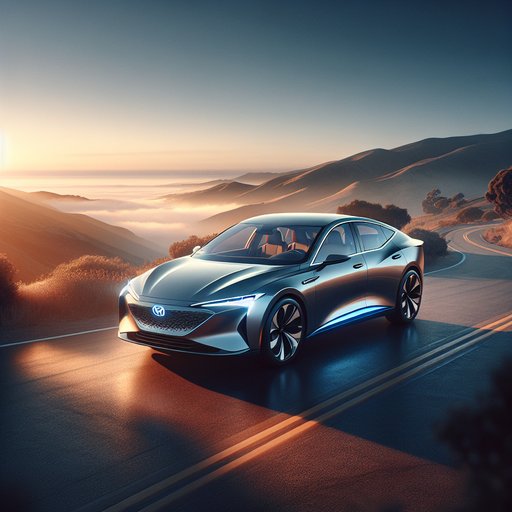
Toyota’s ninth-generation Camry launches as hybrid-only, promising better efficiency without sacrificing everyday performance. We spent a week and 560 miles in an XSE AWD to see how the new powertrain, chassis tuning, and tech stack hold up across commutes, highway slogs, and a favorite mountain loop.
The 2025 Camry Hybrid pairs a 2.5-liter Atkinson-cycle four-cylinder with Toyota’s fifth-gen hybrid system and an e-CVT. Our XSE AWD adds an independent rear motor for on-demand torque to the back axle, rated at 232 hp combined (225 hp for FWD). The test car rode on 235/40R19 all-season tires, with a sticker of $39,4xx including the 12.3-inch infotainment, panoramic roof, and JBL audio. Testing covered 560 miles over seven days: 60% highway, 30% urban, 10% two-lane mountain roads.
Ambient temps ranged from 44°F to 82°F with intermittent rain. We set cold tire pressures to 35 psi, used regular 87 octane, and logged acceleration and braking with a VBOX Sport on the same stretch of level asphalt. Performance is quietly effective. Our best 0–60 mph was 7.5 seconds (with AWD aiding traction), 30–50 mph in 3.8 seconds, and 50–70 mph in 5.2 seconds.
The e-CVT holds revs under load but avoids the old rubber-band feel; Toyota’s latest software blends engine and motor torque smoothly. Braking from 60–0 mph took 122 feet with consistent pedal effort and clean regen-to-friction handoff. Chassis tuning leans sport-lite. The XSE’s firmer dampers keep roll in check, and the rear e-motor helps rotate the car out of tighter bends without feeling gimmicky.
Steering is medium-weight with good on-center stability, though road feel is muted. Ride quality is composed but busy on patchy concrete, a byproduct of the 19-inch wheels; the car is calmer on fresh asphalt. We measured 68 dBA at 70 mph, with the majority of noise coming from tire roar. Efficiency impressed.
Against an EPA rating of 44 mpg combined for AWD sport grades, our trip computer returned 44.2 mpg overall, peaking at 52 mpg in stop-and-go urban routes and 46 mpg at a steady 70 mph. The 13.2-gallon tank yields 500-plus miles of real-world range. Inside, space remains a Camry strength: plenty of rear legroom, supportive front seats with long thigh cushions, and a 60/40 split rear bench leading to a flat, usefully shaped 15.1 cu ft trunk. The 12.3-inch infotainment is quick, with wireless Apple CarPlay/Android Auto, three USB-C ports, and a reliable Qi pad.
Toyota Safety Sense 3.0 behaved predictably; lane tracing held center without ping-ponging, and adaptive cruise executed smooth cut-in handling. Verdict: the hybrid-only Camry resets the family-sedan benchmark with effortless efficiency, confident all-weather traction, and polished daily manners. Drivers chasing the softest ride and the highest mpg should choose an LE FWD on smaller wheels; those wanting more visual flair and cornering discipline will be happy with XSE AWD. Either way, the Camry stays near the top of the class for value, refinement, and stress-free ownership.












